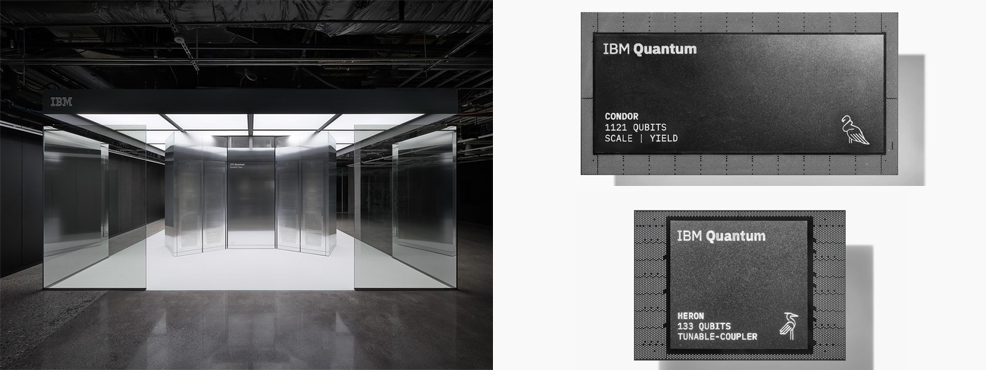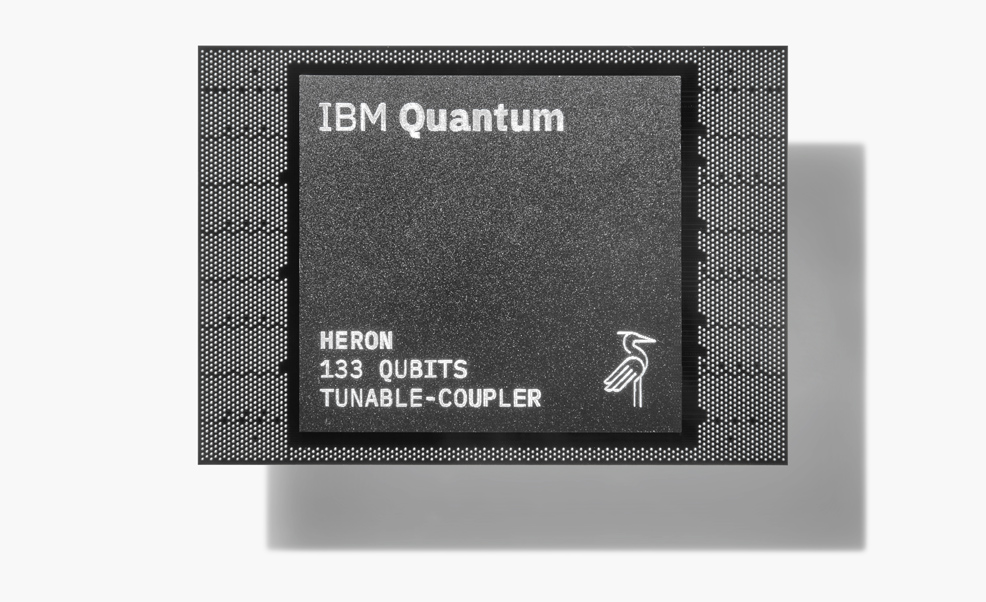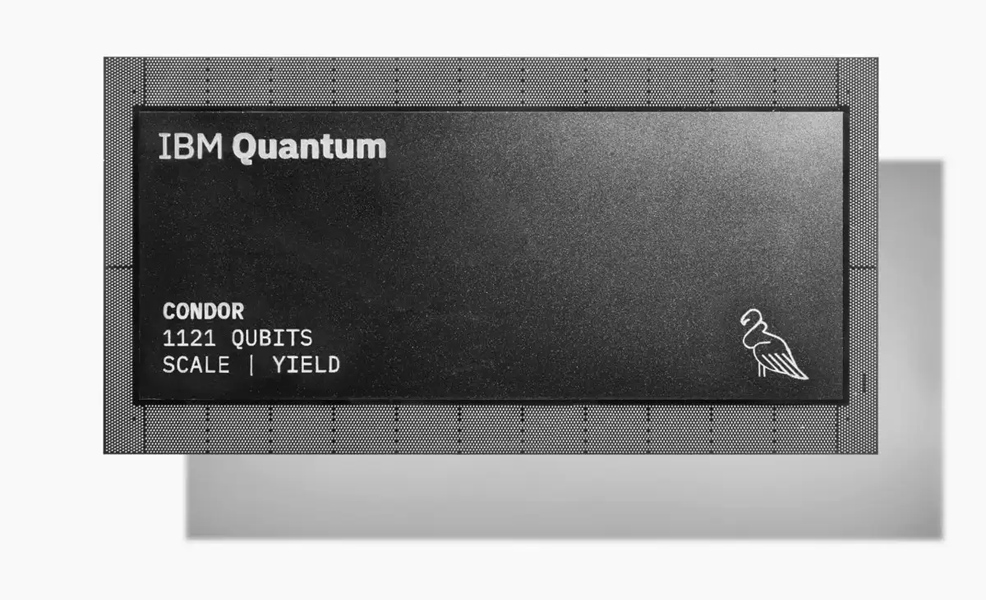
7th December 2023 IBM launches Quantum System Two and first 1,000+ qubit chip Computing giant IBM has launched three new innovations in quantum tech – the first utility-scale quantum computer, the first 1,000+ qubit chip and the most efficient quantum processor in terms of error correction.
IBM gave a sneak preview of its Quantum System Two during a conference last year. Following 12 months of additional research and development, it has now officially launched the system, which is described as "the first modular, utility-scale quantum computer." Quantum System Two is operational at a lab in Yorktown Heights, New York. It measures 6.7 m (22 ft) wide, 4.6 m (15 ft) high, and features three IBM Quantum Heron processors, combining cryogenic infrastructure with third-generation control electronics and classical runtime servers. The previous version, Quantum System One, had a fixed design. Its successor, by contrast, is designed to be scalable – enabling vast numbers of qubits to be linked together in groups. IBM therefore intends to use Quantum System Two as a building block for quantum-centric supercomputing. In addition to launching its new system, the company has published a roadmap for the next 10 years. This includes Blue Jay, a machine planned for release by 2033, capable of executing 1 billion gates (a gate is an operation that changes the state of qubits, the basic units of quantum information). This will be a nine order-of-magnitude increase in performed gates since IBM put its first device on the cloud in 2016.
The second of IBM's three major announcements is the introduction of Heron, a new quantum processor with 133 qubits. As mentioned, three of these are contained within each Quantum System Two, for a total of 399 qubits per standard (non-expanded) machine. Although higher qubit counts have already been achieved, Heron is designed with efficiency in mind. Due to their physical nature, quantum devices are subject to frequent noise and errors, which can reduce the accuracy of their calculations. Building on four years of research, Heron achieves a 5x improvement in device performance over the previous flagship 127-qubit Eagle processor, and virtually eliminates so-called "cross-talk", the undesired interactions that sometimes occur when qubits are in close proximity to each other. In a press statement, IBM said: "With Heron, we have developed a qubit and the gate technology that we're confident will form the foundation of our hardware roadmap going forward."
Thirdly, another entry on our timeline just became a reality, as IBM also launched its Condor chip – successor to last year's 433-qubit Osprey. This new processor features 1,121 superconducting qubits, more than 2.5 times the number in Osprey. California-based startup Atom Computing recently announced a 1,225-qubit quantum computer. However, that machine is planned for release in 2024. Condor is therefore the first quantum processor to officially break the 1,000+ qubit barrier. If the current trend in qubit counts is maintained, we could see machines with hundreds of thousands, or perhaps even millions of qubits emerging in the 2030s. "We are firmly within the era in which quantum computers are being used as a tool to explore new frontiers of science," said Dario Gil, IBM Director of Research. "As we continue to advance how quantum systems can scale and deliver value through modular architectures, we will further increase the quality of a utility-scale quantum technology stack – and put it into the hands of our users and partners who will push the boundaries of more complex problems."
Comments »
If you enjoyed this article, please consider sharing it:
|









